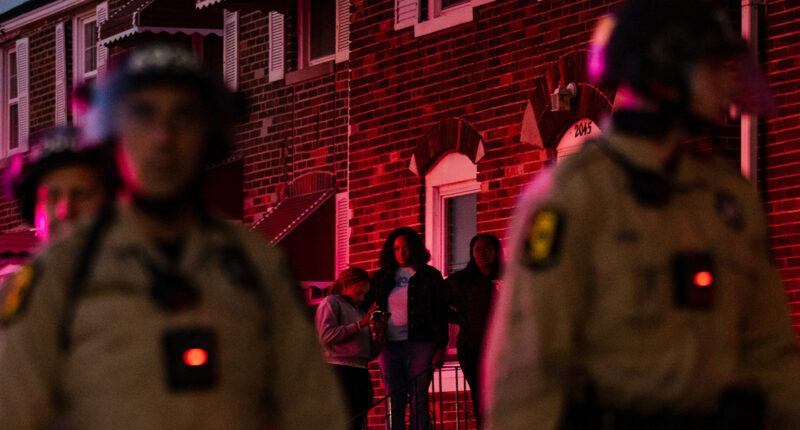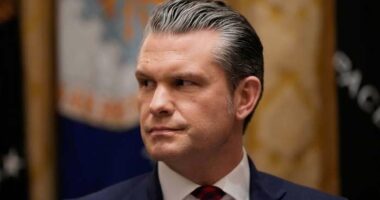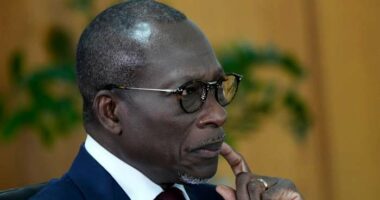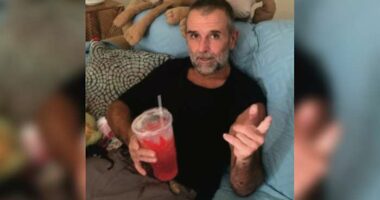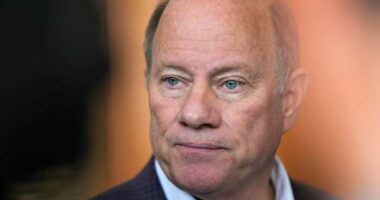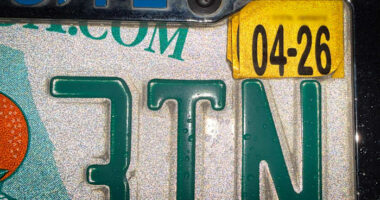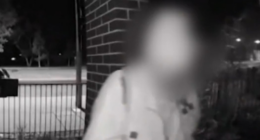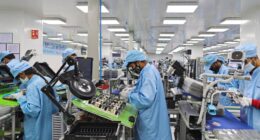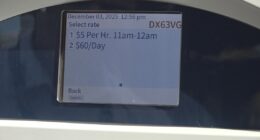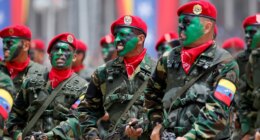Share this @internewscast.com
Prior to recent events, Broadview, a village with a population of just 8,000, remained relatively unknown. This suburban area, covering just over 2 miles, is characterized by its quiet streets where residents often feel secure enough to leave their cars unlocked. It has attracted a varied community of working- and middle-class families, comprising Hispanic, Black, and white individuals. However, following the initiation of Operation Midway Blitz by the Department of Homeland Security, a series of intense immigrant arrests ordered by President Donald Trump, this area has transformed into a focal point of resistance.
Recently, the village has hosted key figures such as DHS Secretary Kristi Noem, Border Patrol Commander Gregory Bovino, and the state’s Democratic senators, Dick Durbin and Tammy Duckworth. It’s also drawn several political aspirants, including one who reported being physically handled by an ICE agent.
The community has been subjected to near-constant surveillance with helicopters buzzing overhead and frequent demonstrations causing traffic disruptions on major roads. The influx of outsiders has led to congested parking, as many leave their vehicles unattended for extended periods. The sounds of protest resonate through the neighborhood, even reaching those engaged in daily outdoor activities, while violent confrontations have resulted in the use of tear gas, impacting residents several blocks away. A notable incident occurred on a recent Saturday when demonstrators obstructed an expressway nearby.
That’s when Mayor Katrina Thompson issued an executive order: Protesters could only demonstrate from 9 a.m. to 6 p.m.
“The protests disrupt daily life here. We deserve peace and quality of life,” Thompson expressed to NBC News. “Our residents need to recuperate in the evenings. Families have children with special needs, and the stress they face due to constant noise from helicopters and flashing lights from our emergency services is immense.”
The ICE facility, originally meant to serve as a processing center, has long been situated in the local industrial park without drawing much attention, as many locals were unaware of its existence until the recent protests began.
Mayor Thompson attributes the rising tensions to federal authorities. Initially, when the protests began about a month ago, they were peaceful. Advocacy groups have criticized federal forces for excessive measures, like deploying tear gas and pepper balls against demonstrators and journalists. A federal judge in Chicago has since directed that these tactics can only be used under significant threats.
Thompson said there was a certain irony in the Trump administration announcing a peace deal with the Middle East even as clashes in his own country have accelerated.
“I heard about the peace position in Gaza — we don’t even have peace in our own nation. The hypocrisy is so evident,” she said. “How do you go and say peace somewhere else, and you can’t say peace in America?”
DHS and ICE did not respond to a request for comment. Skirmishes and arrests persisted this past weekend, leading the mayor to announce on Monday that the village would further limit the designated area for protests.
To Nash, the scene on Friday was not nearly the worst of it. Weekends before, he saw an armored truck patrolling the area, as well as a mass of federal agents.
“It looked like an army. Like an army,” he said.
